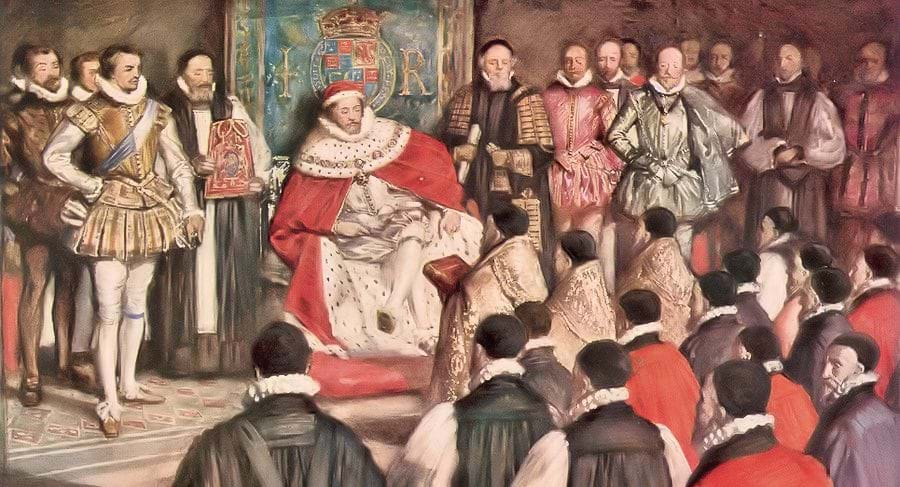Have you ever wondered about the brilliant minds behind the translation of the iconic King James Bible? These individuals played a pivotal role in shaping the history of the English language and Christian faith. In this blog post, we will delve into the fascinating world of the translators of the King James Bible and explore their remarkable contributions.
By learning about the translators of the King James Bible, we gain a deeper appreciation for the meticulous work that went into creating this timeless piece of literature. Understanding the backgrounds and motivations of these linguists and scholars can provide valuable insights into the historical context of the translation process. Join us on a journey to discover the legacy of these dedicated individuals and the lasting impact of their work on generations of readers and believers.
The Unsung Heroes: Translators of the King James Bible
Translators of the King James Bible, also known as the Authorized Version, were a group of 47 scholars and theologians who worked on the translation of the Bible from its original languages into English. They were commissioned by King James I of England in 1604 and completed their work in 1611.
The translation project was a monumental undertaking, as the translators had to consult various manuscripts in Hebrew, Aramaic, and Greek to ensure the accuracy of their work. The goal of the translators was to create a Bible that could be read and understood by the common people, while also maintaining the beauty and reverence of the original text.
The King James Bible is considered one of the most important and influential works in the history of the English language. Its language and phrasing have had a lasting impact on English literature, with many phrases and expressions from the Bible becoming part of everyday speech.
The translators of the King James Bible were guided by several principles during the translation process. They aimed for a word-for-word translation wherever possible, but also strove to make the text readable and understandable in English. They sought to preserve the literary qualities of the original text, including its poetry, imagery, and rhetorical devices.
One of the key features of the King James Bible is its use of formal and elegant language, which has contributed to its enduring popularity and influence. The translators employed a distinctive style of English that was both dignified and accessible, helping to make the Bible widely read and cherished by generations of English-speaking people.
Despite the passage of time and the development of new translations, the King James Bible continues to hold a special place in the hearts of many readers and believers. Its language and cadence have a unique power to inspire and move those who encounter its words, making it a timeless treasure of English literature and religious thought.
How many translators for King James Bible?
There were six teams of translators assigned to different sections of the King James Bible. Each team was responsible for translating a specific portion of the text, with each member of the team working on a particular chapter or section. The translators were chosen based on their expertise in biblical languages like Hebrew, Greek, and Latin, as well as their knowledge of theology and literature. The final version of the King James Bible was completed in 1611 and has since become one of the most widely read and influential translations of the Bible in the English-speaking world.
Who translated the King James Bible?
The King James Bible was translated by a group of scholars appointed by King James I of England. This translation, also known as the Authorized Version, was first published in 1611.
Who translated the new King James Bible?
The New King James Bible was translated by a team of scholars commissioned by Thomas Nelson Publishers.
Who were the men who translated the Bible?
The translation of the Bible into different languages has been carried out by numerous individuals and groups throughout history. One of the most famous translations is the King James Version of the Bible, which was translated by a group of scholars appointed by King James I of England in the early 17th century.
Some of the key figures involved in the translation of the King James Version include Lancelot Andrewes, John Overall, and John Bois. These scholars, along with many others, worked together to translate the Bible from the original Hebrew, Aramaic, and Greek texts into English.
Other notable translators of the Bible include Saint Jerome, who translated the Bible into Latin in the 4th century, and Martin Luther, who translated the Bible into German in the 16th century.
Overall, the translation of the Bible has been a collaborative effort involving many dedicated individuals over the centuries.

